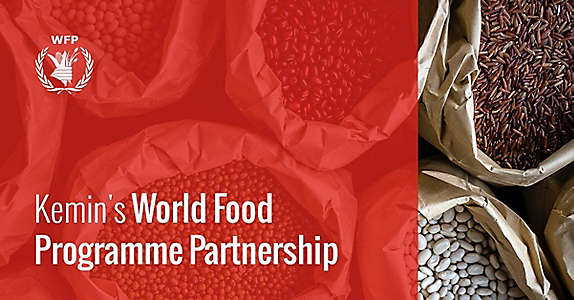More than 900 million people in the world suffer from severe food insecurity. That’s more than double the population of the United States. This staggering number has many organizations asking what can be done to address global food security.
Surprisingly, the issue is not that the world doesn’t produce enough food to feed everyone. The problem is the availability of food in specific regions. According to the World Food Programme (WFP) there are four drivers of hunger:





